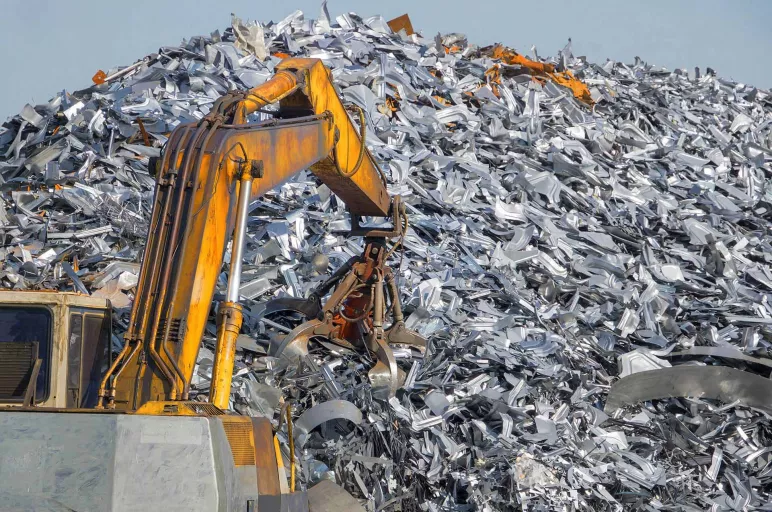
Leave Nothing Behind: How Companies Are Generating Value From Waste
October 11, 2019 | Facilities Management
Waste management is considered a spend category as firms typically hire third-party companies for the appropriate removal and safe disposal of waste from their premises. However, this approach is shifting as companies are trying to implement strategies that can help them generate value from this waste.
One Firm’s Trash Is Another Firm’s Treasure
A paradigm shift in the approach of many firms towards waste management involve concerted efforts toward reducing the waste generated from their activities and improving recycling rates. The target for such firms is to send zero waste to a landfill. The manufacturing industry has been at the forefront of adopting a streamlined approach to waste management and have derived advantageous business results as a consequence. A few of the approaches taken by the manufacturing industry to generate value from waste include:
-
Waste to Energy: The heat energy produced during the incineration process of solid waste is used to generate electrical energy.
Example: The confectionary manufacturer Mars Inc. collaborated with Suez, a waste management company, to build a waste-to-energy unit that converted plant and community waste into heat energy. This energy was then used to generate electricity, which powers the production unit.
-
Waste as Raw Material: Companies are discovering that what they consider waste can be a raw material input in other industry. Thus, they partially process the waste and send it to industries who can use it as a primary input material in their processes.
Example: After Procter & Gamble identified a commercially profitable re-use for aerosol, they reprocessed the gas and sold it as an alternative fuel source for cement kilns. Furthermore, the organic waste generated by Procter & Gamble was sold to horticulture companies, who use the waste as compost.
The Circular Economy
Some companies are exploring the scope of embedding circular economy policies into their firm’s strategy. The circular economy system employs recycling, reuse, and refurbishment to create a closed system that minimizes the input of resources and, consequently, the creation of waste. Some of the tangible competitive advantages of implementing a circular economy policy include:
- Reductions in Purchase Cost: The efficient utilization of raw materials, packaging and equipment results in lower raw material purchase costs
- Lower Waste Disposal Costs: Proper waste management reduces the amount of waste business produces, which leads to lower disposal costs
- Identify New Sources of Revenue: Some of the firm’s waste products can be sold as a raw material to other businesses
Procurement Insights
Partnering with the correct waste management partner is of utmost importance for a successful and profitable waste management strategy. The waste management company should explore all the waste streams generated by the firm and appropriately suggest aspects of waste reduction, reuse and recycle along with exploring commercial uses for the waste. Bringing all waste management activities under the purview of a single partner helps in streamlining the activities and results in enhanced value generation from the waste. Companies such as Procter & Gamble and Serco have merged their waste management under a single supplier, their efforts witnessing better results and higher savings.
Initiatives that look at waste management as a revenue source are still in their nascent stages. Nevertheless, companies are interested to invest in better waste management strategies as in the long term, they benefit the profit margin, people and the planet.
Conclusion
Companies are adopting various strategies to convert waste generated by their businesses into a valuable output. Proper waste management strategies can lead to cost savings and revenue generation for the firms, impacting the firm’s profitability. Enterprises will soon associate waste as a key facet influencing the firm’s bottom-line.



